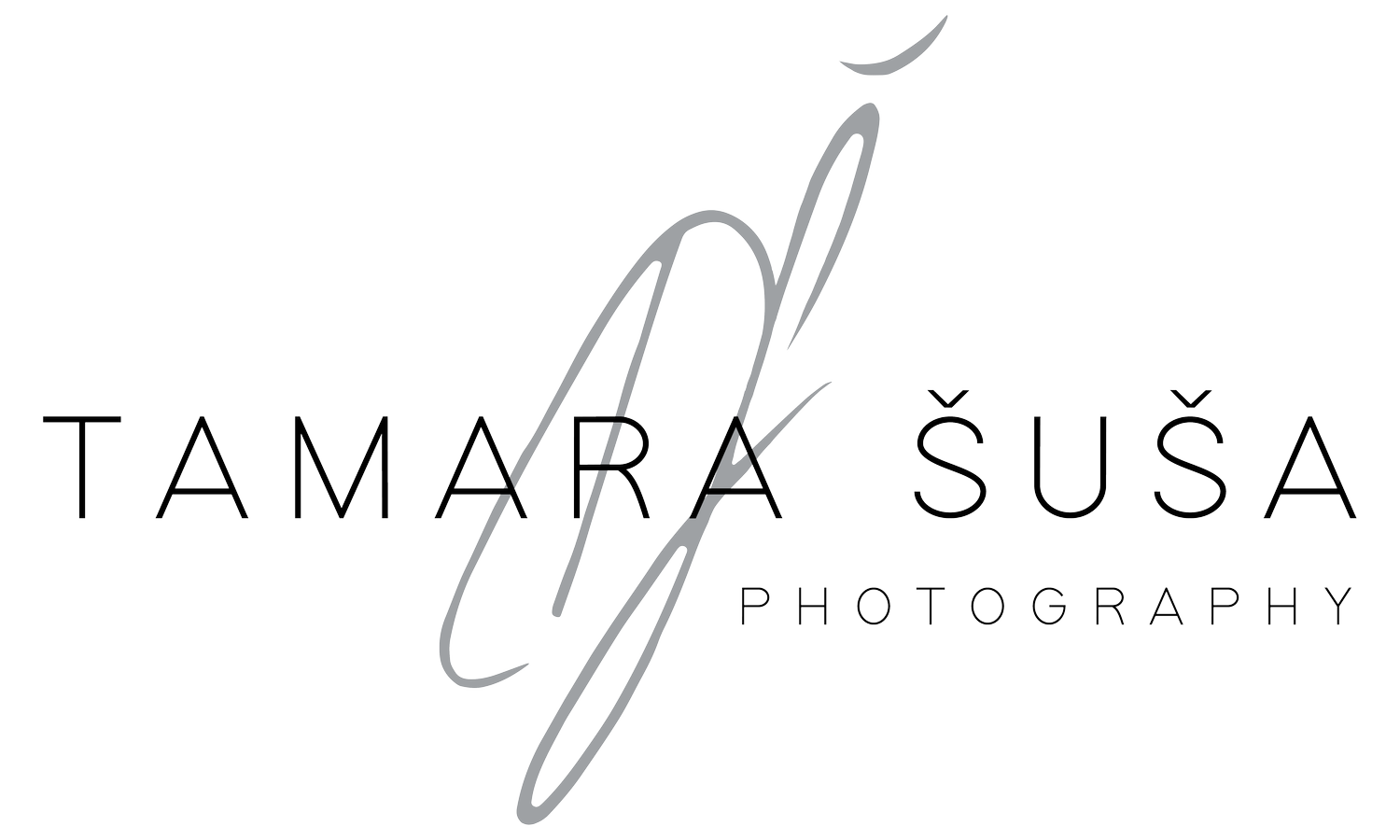Disturbance
A collaborative art & science project between Tamara Susa, Aspen Center for Environmental Studies and Aspen Skiing Company
2020 marked an unprecedented wildfire season in Colorado. As the summer went by, our skies filled with smoke and the apocalyptic sun burned red in the middle of the day. The balance of nature has been disturbed.
This project addresses the issue by merging scenes of beauty and destruction as if they were a part of one continuous landscape, showing how everything in nature is connected. These sublime triptychs depict imaginary landscapes created by our unsustainable relationship with the natural world.
The balance of nature has been disturbed. The once verdant summer landscapes of Colorado’s Rocky Mountains have turned into dry landscapes, with skies full of smoke from numerous wildfires a more common occurrence than droplets of rain.
The ski season in Colorado is a month shorter than it was 50 years ago. As the snowpack shrinks, so will the waterways. A 2006 report by the Aspen Global Change Institute concluded that the Roaring Fork River, the repository of all of the Aspen area’s mountains’ streams, could be dried up in most years.
With less snowmelt, fighting the forest fires will be more difficult. During the second half of this century, fires are expected to burn as much as three times larger than in the first half.
The three largest wildfires on record in Colorado occurred in 2020. Climate change is making fires large and more severe. At the same time humans are driving a massive increase in ignitions. Between 1992 and 2012, humans started 84% of wildfires in the US. The biggest fires in Colorado history are believed to be human caused.
Human health depends on nature. Studies have shown that being in nature reduces stress and depression, restores attention fatigue, improves self-esteem, and has numerous other health benefits. The biophilia hypothesis, proposed by Edward O. Wilson, argues that our connection with nature is innate, a bond created over millennia of evolution.
If craving nature is in our genes, and we are aware of its benefits, why is it so hard for us to grasp that we are responsible for destroying it?
Research by the Climate Visuals project concluded that people don’t understand the connection between their actions and climate change. This series is an attempt to bring the causes and consequences of wildfires closer to people that enjoy the outdoor activities in the mountains, showing how low snowpack and increasing temperatures fuel the wildfires burning our forests.
The outdoor sports industry in the USA has millions of people involved in summer and winter activities. If we allow climate change to continue unabated, the ski seasons will become shorter, low water levels will make rafting almost non-existent, mountain biking trails will turn into dust, forests will turn gray, and wildlife will disappear from the landscape. Climate change threatens many of the things that draw us to the Rocky Mountains.
The photographs in this series are presented as triptychs and overlays, merging scenes of beauty and destruction as if they were a part of one continuous landscape, showing how everything in nature is connected. Wildfires, smoke, human triggered avalanches; these sublime triptychs depict an imaginary landscape created by our actions.
This project was created as an attempt to bring these issues closer to the public and provide solutions. A future in which we don’t act to stop climate change would be a disaster of unimaginable consequences. Fortunately, we still have a choice. Across the globe people are standing up and demanding that the governments and corporations stop fueling the climate crisis and take meaningful positive action. Join these voices, vote for elected officials at every level that prioritize addressing climate change, and stop supporting the corporations that aren’t working to solve the climate crisis. The preservation of everything we hold dear about life in the Rocky Mountains depends on this.
The photographs in this project are printed on eco-friendly paper, mounted onto hardboard with wheat paste (made out of flour and sugar) and the information is written on the boards with chalk.
This art is not meant to be permanent, as it relates to the ephemeral nature of existence.
The prints will degrade over time as they are exposed to wind, sun, snow, and effects of climate change.




















